TRICONEX 3501E
The Triconex 3501E is a digital input (DI) module from the Tricon v9/v10/v11 series, designed for high-integrity safety systems. It is widely used in critical applications such as Emergency Shutdown Systems (ESD), Fire & Gas Systems, and Process Safety Systems.
TRICONEX 3501E Technical Specifications:
1. General Specifications
- Module Type: Digital Input (DI)
- Safety Certification: SIL 3 (IEC 61508)
- Redundancy Support: TMR (Triple Modular Redundancy)
- Compatibility: Tricon v9, v10, v11 systems
2. Input Channels
- Number of Channels: 32 channels (isolated)
- Input Type:
- Dry Contact (Solid-State Relay, Mechanical Relay, Switch)
- Wet Contact (24V DC, 48V DC, 125V DC, 120V AC, 240V AC)
- Input Voltage Ranges:
- Low Voltage (12-48V DC)
- High Voltage (up to 240V AC/DC)
3. Electrical Characteristics
- Input Impedance: Typically 3-4 kΩ (varies by voltage range)
- Threshold Voltage:
- ON State: ≥ 8V DC (for 12-48V DC range)
- OFF State: ≤ 5V DC
- Maximum Input Voltage: 300V AC/DC (per channel)
- Isolation:
- Channel-to-Channel Isolation: 1500V AC
- Channel-to-System Isolation: 2500V AC
4. Response Time
- Debounce Filtering: Configurable (1ms to 16ms)
- Update Rate: Typically 10ms per channel (depends on system scan time)
5. Diagnostics & Safety Features
- Open-Wire Detection (for wet contacts)
- Short-Circuit Protection
- Overvoltage Protection
- Fault Reporting to Main Processor
6. Power Requirements
- Supply Voltage: 24V DC (typical for Triconex backplane)
- Power Consumption: ~ 5W (depends on configuration)
7. Environmental & Mechanical
- Operating Temperature: -40°C to +70°C
- Humidity: 5% to 95% (non-condensing)
- Mounting: Fits in Tricon V9/V10/V11 chassis
- Certifications: ATEX, IECEx, UL, CE (as applicable)
Applications
- Emergency Shutdown Systems (ESD)
- Fire & Gas Detection Systems
- Turbine Control Systems
- Critical Process Interlocks
![]()
Main Brand:
ABB Allen-Bradley Alstom Bently Emerson Foxboro
GE MOOG Schneider Woodward HIMA Honeywell
First hand source, affordable price. Spot inventory!
•Shipping Port: Xiamen
•Ship to you via Fedex/DHL/TNT/UPS/EMS
•Package: Original packing with cartons
First hand source // Quality assurance // Fast delivery time // Feel free to purchase with confidence
GE DS200TCTGG1A FF GE DS200QTBAG1A GE DS200RTBAG2A HC GE DS200TBQCG1 ABB GE DS200TCRAG1A GE DS200TBCAG1A GE DS200PCCAG4 ADB GE DS200TBQAG1A GE DS200EXPSG1ACB GE 531X307LTBAKGI GE DS200CTBAG1 ADD GE DS200QTBAG1A DC
What is a DCS?
A Distributed Control System (DCS) is a sophisticated, computer-based control system designed to automate, monitor, and manage complex industrial processes. It is widely used in large-scale industrial facilities such as refineries, power plants, chemical plants, and paper mills, where precision, reliability, and scalability are critical.
How Does a DCS Work?
A DCS is composed of several interconnected components that work seamlessly to ensure efficient process control. Here’s a breakdown of its key elements:
- Controllers:
These are the “brains” of the system. Controllers receive data from sensors, process it using pre-programmed logic, and send output signals to actuators to maintain optimal process conditions. - Sensors:
Sensors act as the “eyes and ears” of the system, measuring critical physical parameters such as temperature, pressure, flow rate, and level. This real-time data is essential for accurate control. - Actuators:
Actuators are the “muscles” of the system. They execute physical actions based on controller commands, such as opening/closing valves, starting/stopping motors, or adjusting dampers. - Operator Stations:
These serve as the human-machine interface (HMI), allowing operators to monitor the process, adjust setpoints, and troubleshoot issues. Modern DCS systems often feature intuitive graphical interfaces for ease of use. - Communication Network:
The backbone of the DCS, this network connects all components, enabling seamless data exchange and coordination. It ensures that every part of the system works in harmony, even across large industrial sites.
Why is a DCS Important?
- Centralized Control with Distributed Execution: A DCS allows for centralized monitoring while distributing control functions across multiple controllers, reducing the risk of system-wide failures.
- Scalability: It can easily expand to accommodate growing operational needs.
- Reliability: Redundant systems and fail-safes ensure continuous operation, even in critical environments.
- Efficiency: Optimizes processes, reduces waste, and improves overall productivity.

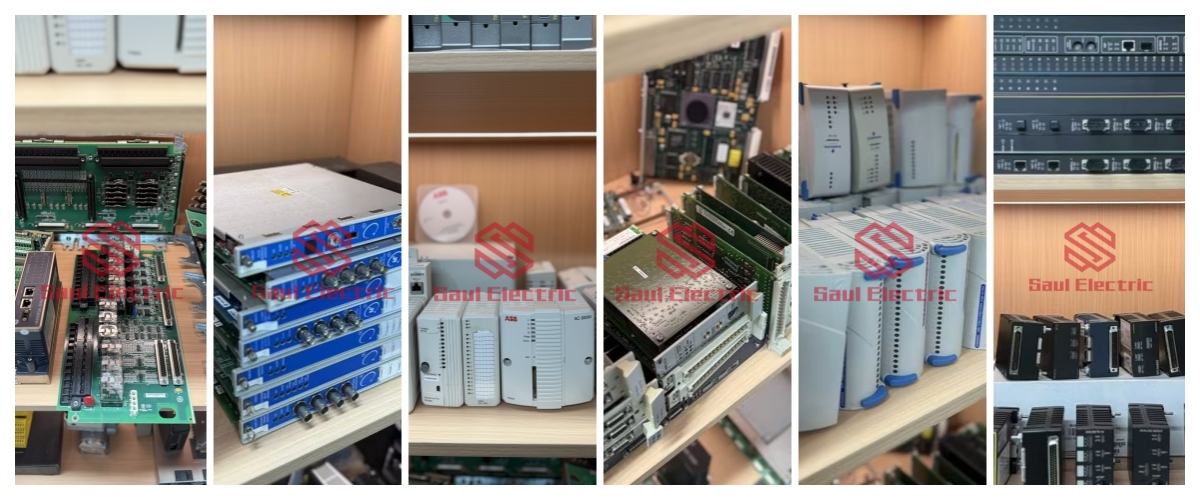
==========================================================================================
For more TRICONEX products, please click here to view
TRICONEX Company Profile
TRICONEX is a renowned U.S. manufacturer of industrial safety control systems, founded in 1983 and now a brand under Schneider Electric.
Core Expertise
The company specializes in:
- ✅ Safety Instrumented Systems (SIS)
- ✅ Emergency Shutdown Systems (ESD)
- ✅ Critical control solutions
Key Industries Served
Widely used in high-risk sectors, including:
- ✅ Oil & Gas
- ✅ Chemicals
- ✅ Power Generation
Flagship Product
The Tricon Safety System is known for its 🔄 Triple Modular Redundancy (TMR) technology, ensuring:
- ✅ Fault tolerance
- ✅ Safe industrial operations
Certifications & Global Reach
- ✅ Rigorous safety certifications (e.g., SIL ratings)
- ✅ Global service network
Leadership
TRICONEX is a trusted leader in process safety solutions, delivering reliability and innovation worldwide.
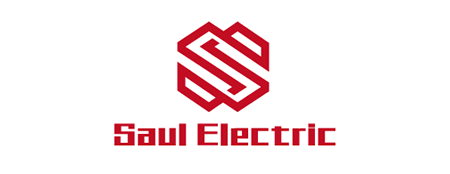
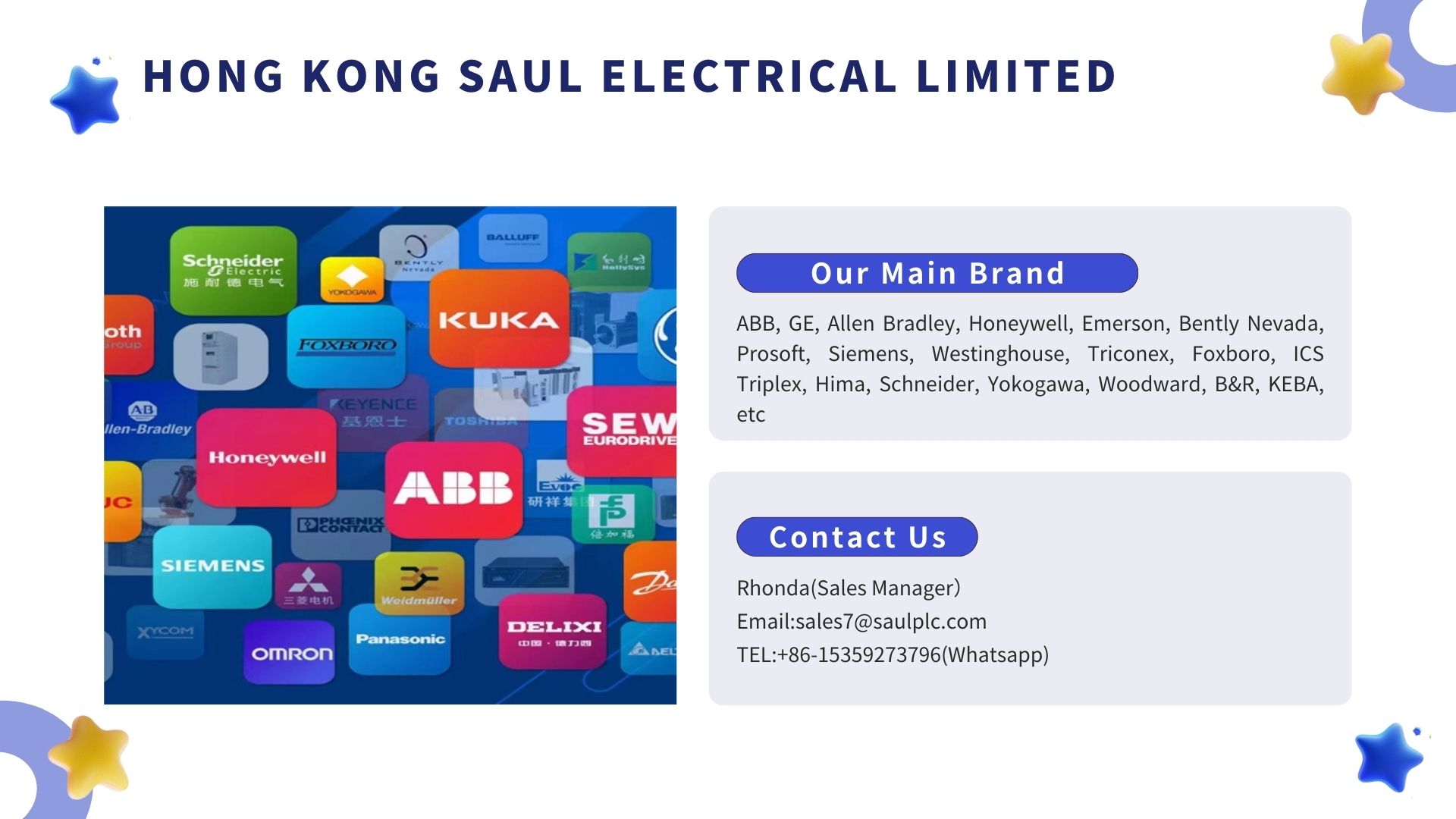
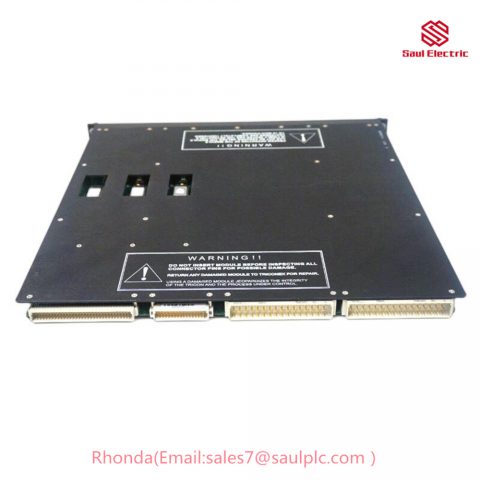
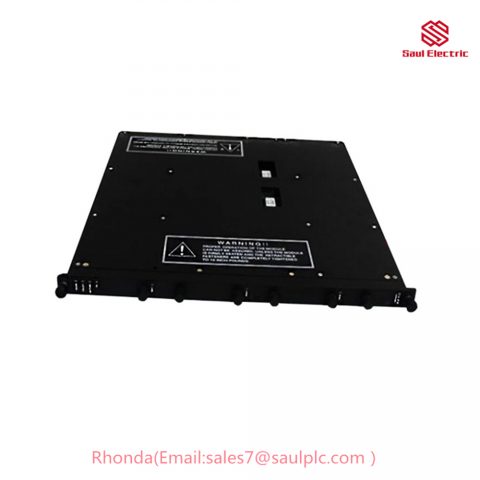
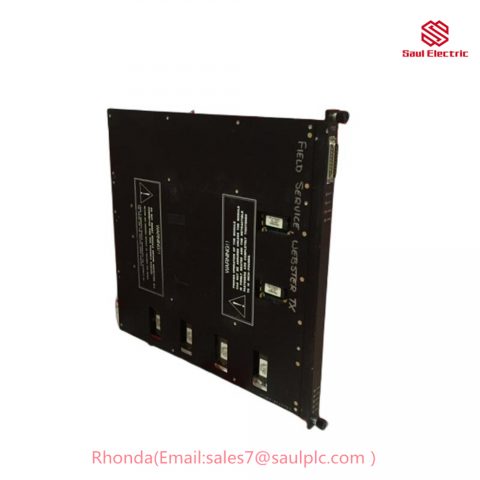
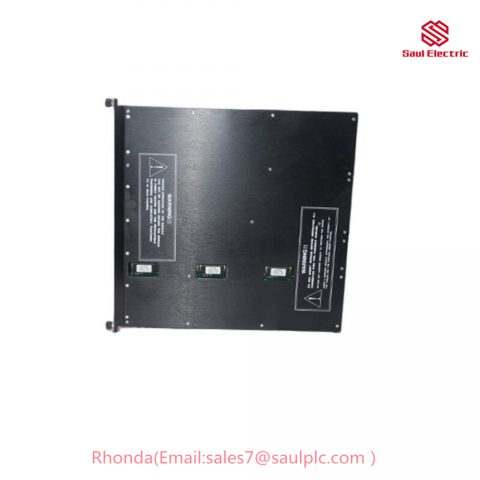
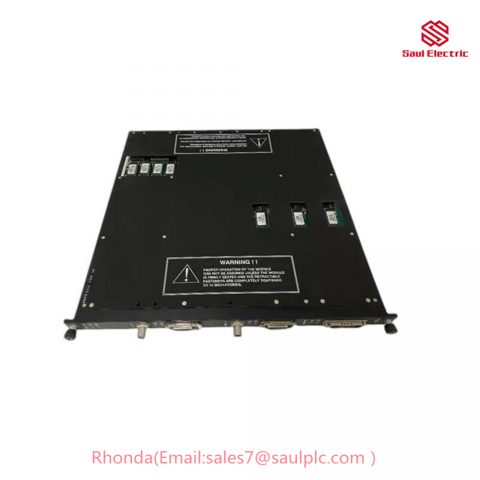
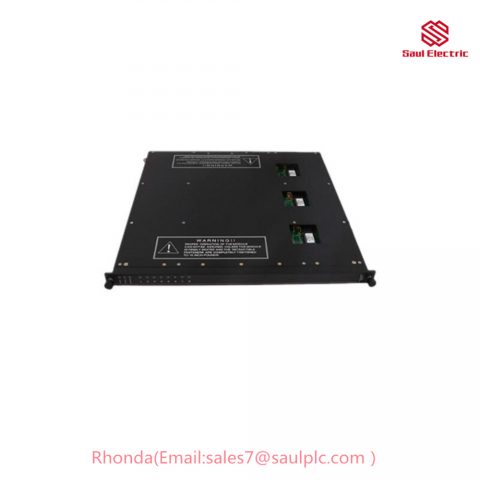


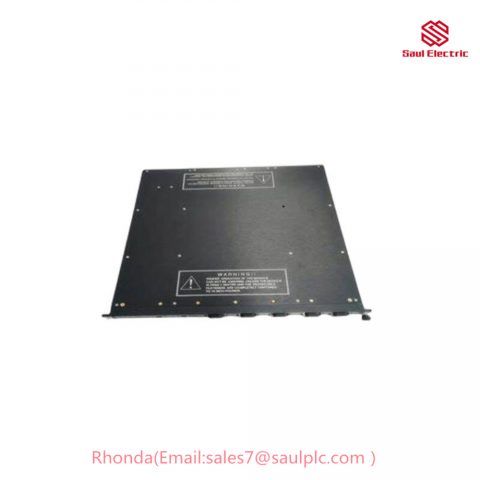
There are no reviews yet.